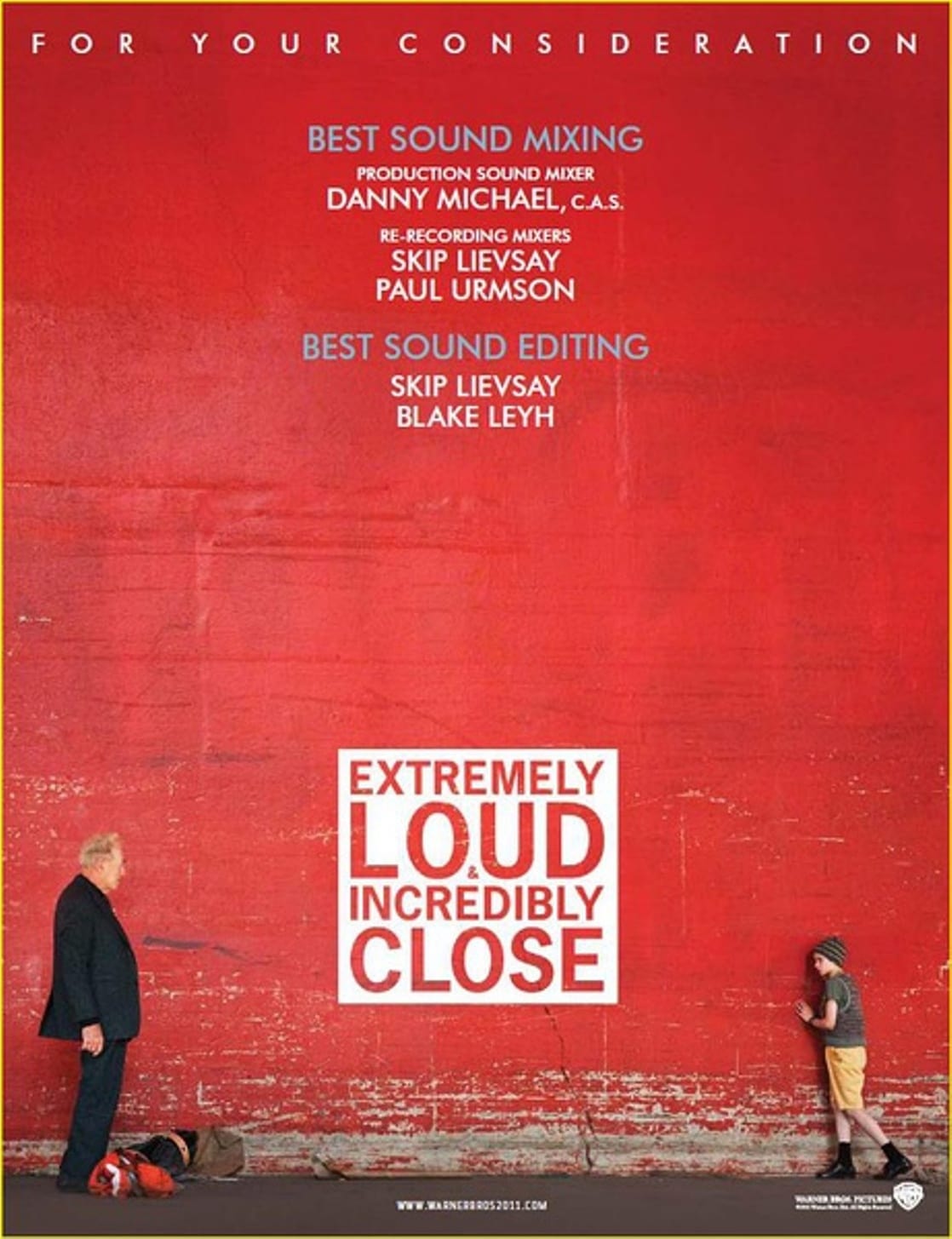

Extremely Loud and Incredibly Close unfolds like an urban folk tale, a narrative of love and loss told essentially through the eyes of ten-year old Oskar Schell, who lives on the Upper West Side, one of the most endearing youngsters to enter American fiction since Holden Caufield, but much more charming, compassionate and precocious.įoer movingly captures Oskar’s breathy sentence rhythms, the onrush of independent clauses that fold in his favorite French phrases (raison d’être), American slang (“weird,” “jose,” as in no way … ), and euphemisms (“shitake”), and his sudden stopped conversations (“what the”) that follow from confusion or coming too near painful truths, as he tries to ward off nightmares and extend fantasies that might reclaim some part of his father from death.

Extremely imaginative and incredibly clever in weaving together the horror of the World Trade Center with the devastating bombing of Dresden, Foer’s new book, though not a Jewish story, magically resonates with a Jewish sensibility. Second novels, particularly those that follow the kind of blockbuster success 24-year old Jonathan Safran Foer enjoyed for Everything Is illuminated, bear burdens, or, as the inventive central character in Foer’s new book Extremely Loud and Incredibly Close would say, “heavy boots.” Foer’s new linguistic tour de force beautifully surpasses his debut novel, even as it tries a bit too hard to be distinctive by adding illustrations (blurry photos and graphic design) to a text that doesn’t need them.


 0 kommentar(er)
0 kommentar(er)
